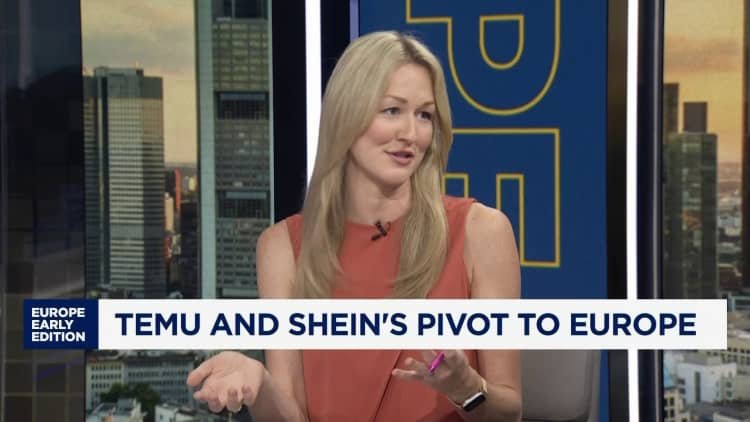Inditex Faces Challenges Amid Economic Uncertainty
Inditex, the parent company of the popular fashion brand Zara, has encountered setbacks in its latest financial report. The corporation experienced a drop in share prices following news of quarterly sales that fell short of expectations. This decline is compounded by indications of a sluggish start to the summer shopping season compared to the previous year, all taking place against a backdrop of broader economic uncertainty.
Quarterly Sales Performance
In the fiscal first quarter, covering February 1 to April 30, Inditex reported revenues totaling 8.27 billion euros (approximately $9.44 billion). This result was below the anticipated 8.39 billion euros predicted by analysts from LSEG. Additionally, the net income stood at 1.3 billion euros, slightly lower than the 1.32 billion euros estimated.
This financial report sent shares down by 4.4% early in the trading session in London. Moreover, the company’s summer sales have commenced slowly, showing only a 6% increase in constant currencies from May 1 to June 9, a stark contrast to the 12% growth reported during the same period last year.
Market Reactions and Economic Conditions
Inditex, known for its diverse portfolio that includes brands like Pull & Bear and Bershka, often serves as an indicator of consumer sentiment. With the United States being a key market for the company, uncertainty surrounding tariffs and their impact on consumer behavior is increasingly concerning. "The current environment is difficult to predict and we’re continuing to monitor the situation," stated Gorka García-Tapia Yturriaga, Inditex’s head of investor relations, during the company’s earnings call.
Despite these challenges, Inditex maintains confidence in its flexible supply chains. The company sources its products from various regions, including Asia, Spain, Portugal, Morocco, Turkey, Brazil, and Argentina, which can help mitigate some of the adverse effects from economic shifts.
Analysts Discuss Future Outlook
Analysts are closely scrutinizing Inditex’s financial performance and its trajectory in the retail landscape. Mamta Valechha, a consumer discretionary analyst at Quilter Cheviot, noted that the recent results could ignite further discussions regarding the company’s growth amidst economic pressures. Some analysts express concern over the normalization of Inditex’s growth, questioning whether its current valuation is justified. Meanwhile, others emphasize its strong performance history and resilience in the competitive retail market.
In March, Inditex had already pointed to a decline in demand at the beginning of the year, which CEO Óscar García Maceiras attributed to tariff uncertainties. This led to a substantial drop in shares, which have since declined by about 12% from their peak in early December.
Competitive Landscape
The retail environment is becoming increasingly competitive, particularly with the rise of lower-cost fast fashion brands like Shein and Temu. These brands continue to pose a challenge to established retailers like Inditex and H&M, which have both noted weaker-than-anticipated revenues recently.
The pressure is further amplified by new U.S. tariffs on Chinese imports and the recently closed ‘de minimis’ trade loophole that once favored these emerging competitors. As these companies face regulatory hurdles, it raises ongoing concerns about their long-term viability in a changing market.
Conclusion
As Inditex navigates these multifaceted challenges, including fluctuating demand and heightened competition, its ongoing adaptability will be key. By monitoring economic indicators, adjusting strategies, and maintaining its robust supply chains, Inditex aims to overcome current obstacles and continue its legacy in the fashion industry.
